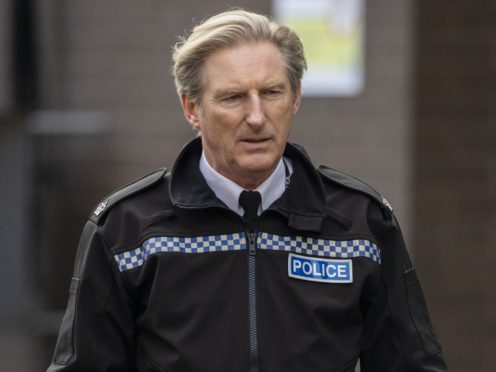The first episode of series six of Line Of Duty has become the most watched episode of drama since 2018.
Consolidated figures from audience research organisation Barb showed a total of 13.1 million viewers watched the programme, which returned to television screens earlier this month.
It was the most watched episode of drama since the finale of Bodyguard, also created by Jed Mercurio, in September 2018, which had an audience of 14.3 million.
Did you miss us on Sunday!? Catch up with faces familiar and new in the first episode of #LineOfDuty on @BBCiplayer now! pic.twitter.com/42gvHzsmTr
— Line of Duty (@Line_of_duty) March 24, 2021
The finale of series five of Line Of Duty drew 12.1 million viewers in 2018.
The new series of the police corruption show sees Vicky McClure, Adrian Dunbar, and Martin Compston reprising their roles, while Kelly Macdonald has joined the cast.
The show returned on March 21, with anti-corruption unit AC-12 investigating a new case regarding the senior officer in an unsolved murder case.
The episode drew complaints to the BBC over how a character with Down’s syndrome was referred to, the corporation later said.
The first episode saw Terry Boyle, a character with Down’s syndrome, played by Tommy Jessop, arrested for the murder of journalist Gail Vella.
The character was referred to as an “oddball” by Superintendent Ted Hastings (played by Dunbar) which drew complaints from viewers.
The BBC said Supt Hastings’ remark was not a reference to his disability, but rather to a theory he had been stalking the journalist.
